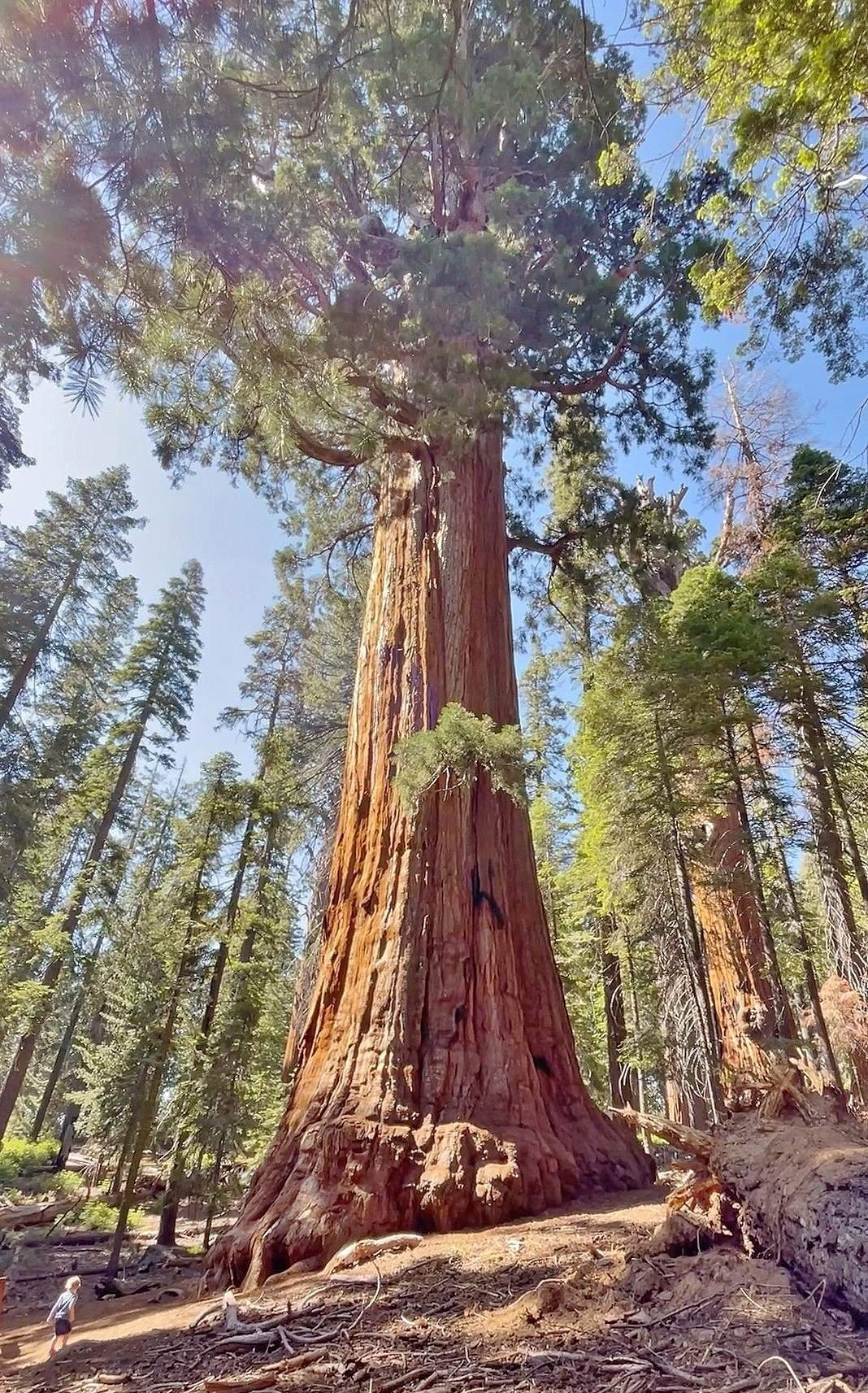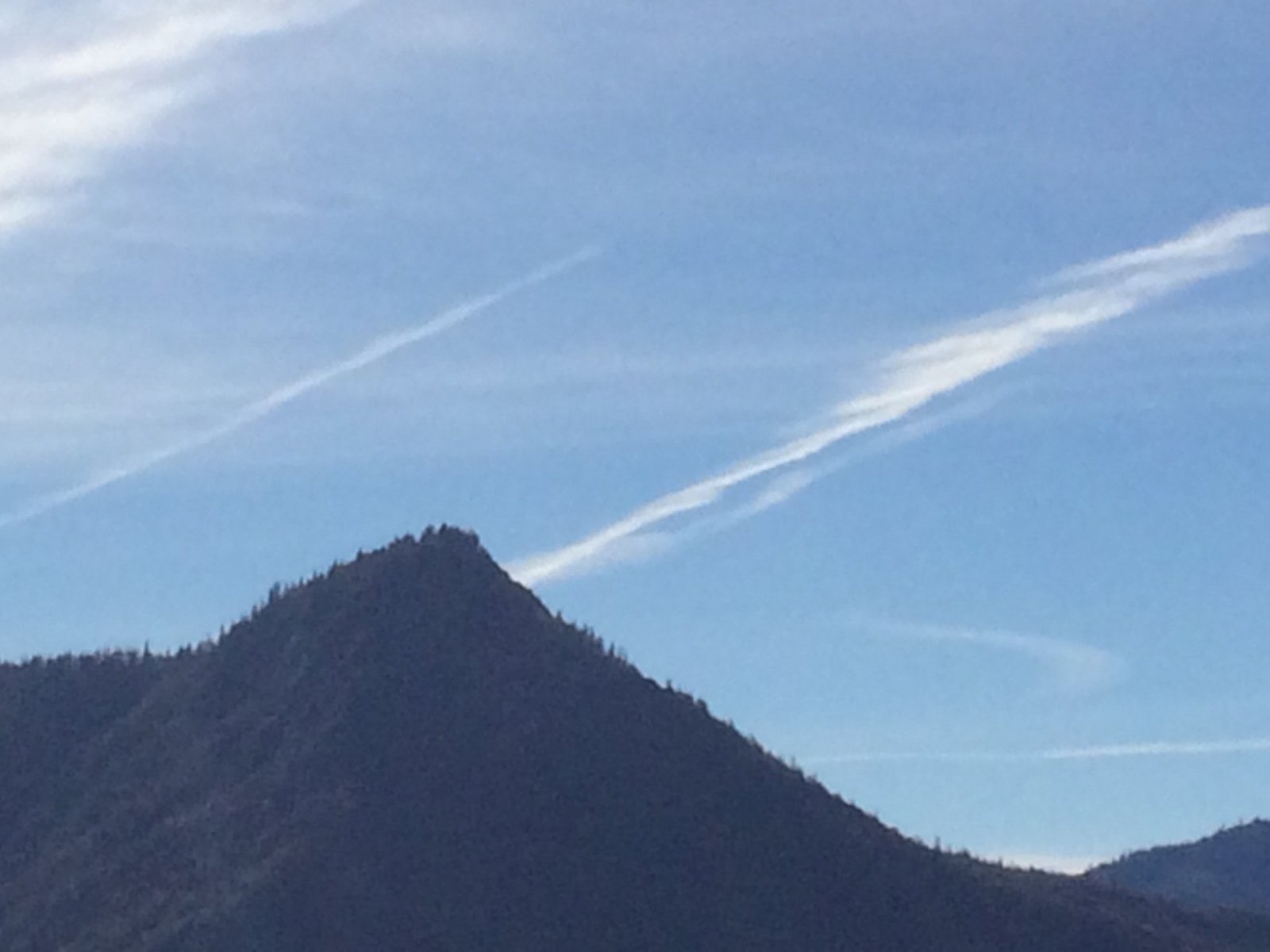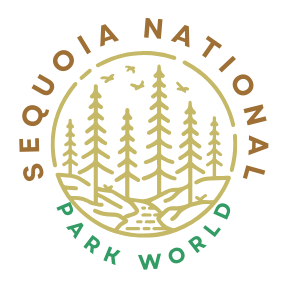Sequoia National Park pine cones, particularly those from the giant sequoia trees, are small yet remarkable. These woody cones measure 4-7 cm in length and contain an impressive 230 seeds on average. Despite their modest size, they play a crucial role in the park’s ecosystem. This guide explores the unique characteristics of Sequoia National Park pine cones, their identification, collection regulations, and visitor information for those interested in observing these natural wonders.
What Are the Characteristics of Sequoia National Park Pine Cones?

Sequoia National Park is home to various conifer species, each with distinct pine cones. However, the most iconic are those from the giant sequoia (Sequoiadendron giganteum). These cones have several unique features:
- Size: 4-7 cm (1.5-3 inches) long
- Shape: Oval to egg-shaped
- Texture: Woody and compact
- Color: Green when immature, turning brown as they mature
- Structure: 30-50 spirally arranged scales
- Seed count: Approximately 230 seeds per cone
Compared to other pine species, giant sequoia cones are relatively small but contain a high number of seeds. This adaptation allows for efficient seed dispersal and increases the chances of successful reproduction.
How Do Sequoia National Park Pine Cones Compare to Other Species?

To better understand the uniqueness of Sequoia National Park pine cones, let’s compare them to other common conifer species found in the park:
| Species | Cone Length | Seed Count | Notable Features |
|---|---|---|---|
| Giant Sequoia | 4-7 cm | ~230 | Small, woody, high seed count |
| Sugar Pine | 25-50 cm | 50-200 | Longest cones of any conifer |
| Ponderosa Pine | 8-15 cm | 60-100 | Prickly scales |
| Incense Cedar | 2-3 cm | 1-2 | Appears more like a berry than a cone |
As you can see, giant sequoia cones are among the smallest in the park but pack an impressive number of seeds into their compact form.
What Are the Regulations for Collecting Pine Cones in Sequoia National Park?
While observing pine cones in their natural habitat is encouraged, collecting them is subject to specific regulations:
- Personal Use: Casual collection for personal use is generally allowed in designated areas.
- Commercial Collection: Strictly prohibited without special permits.
- Quantity Limits: Check with park rangers for current limits on personal collection.
- Protected Areas: Collection is forbidden in certain protected or sensitive areas.
- Leave No Trace: Always follow the principle of leaving nature undisturbed.
It’s crucial to check with park officials or visitor centers for the most up-to-date regulations before attempting to collect any pine cones or other natural materials.
Where Can Visitors Observe Sequoia National Park Pine Cones?
Visitors have several options for observing pine cones within the park:
- Giant Forest: Home to many giant sequoias and their cones.
- Congress Trail: A paved loop featuring numerous mature sequoias.
- Big Trees Trail: An accessible boardwalk around a meadow with sequoias.
- Moro Rock Trail: Offers views of the forest canopy and potential cone sightings.
- General Sherman Tree: The largest tree by volume, often with visible cones.
What Facilities Are Available for Pine Cone Enthusiasts?
Sequoia National Park provides various amenities for visitors interested in studying or observing pine cones:
- Visitor Centers: Offer educational displays and information about local flora.
- Guided Tours: Rangers lead walks focusing on the park’s trees and ecology.
- Nature Programs: Seasonal programs often include discussions on forest life cycles.
- Research Library: Available for those seeking in-depth scientific information.
- Gift Shops: Sell educational materials and sometimes replica cones.
How Do Sequoia National Park Pine Cones Contribute to the Ecosystem?
Pine cones play a vital role in the park’s ecosystem:
- Seed Dispersal: They release seeds for new tree growth.
- Wildlife Food: Many animals rely on pine seeds for nutrition.
- Fire Adaptation: Some cones open to release seeds after fires, aiding in forest regeneration.
- Soil Enrichment: Decomposing cones contribute to the forest floor’s nutrient cycle.
- Microhabitats: Fallen cones provide shelter for small insects and animals.
What Are the Best Times to Observe Pine Cones in Sequoia National Park?
While pine cones can be observed year-round, certain seasons offer unique viewing opportunities:
- Spring: New cone growth begins
- Summer: Mature cones are visible on trees
- Fall: Many cones open and release seeds
- Winter: Fallen cones are easily visible on the snow-covered ground
Each season provides a different perspective on the life cycle of Sequoia National Park pine cones.
How Can Visitors Learn More About Sequoia National Park Pine Cones?
For those eager to deepen their knowledge about Sequoia National Park pine cones:
- Attend Ranger Programs: Seasonal talks often cover local flora.
- Visit the Giant Forest Museum: Exhibits detail the life cycles of sequoias.
- Participate in Citizen Science: Some programs allow visitors to assist in cone counting or monitoring.
- Read Park Publications: Brochures and guidebooks offer in-depth information.
- Join a Nature Walk: Guided walks provide hands-on learning opportunities.
By engaging in these activities, visitors can gain a comprehensive understanding of the fascinating world of Sequoia National Park pine cones and their significance to the park’s ecosystem.
References:
1. https://en.wikipedia.org/wiki/Sequoiadendron_giganteum
2. https://ucanr.edu/sites/forestry/Ecology/Identification/Giant_Sequoia_Sequoiadendron_giganteum/
3. https://www.nps.gov/parkhistory/online_books/science/12/chap5.htm
4. https://www.nps.gov/seki/index.htm
5. https://www.nps.gov/seki/planyourvisit/index.htm
